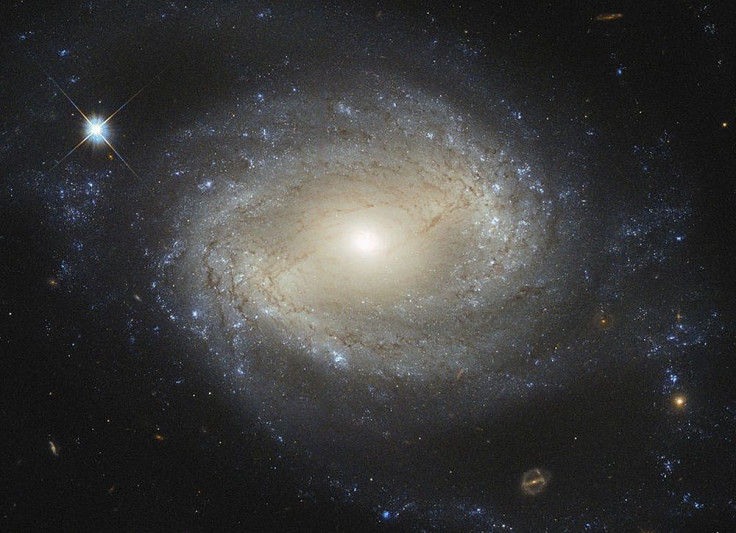AI program aids Aussie astronomers in analysing galaxies

A PhD student at the Australian National University created an artificial intelligence-based program that can look into the core of galaxies, the university announced in a statement .
Elise Hampton, an astrophysics student at the University’s Research School of Astronomy and Astrophysics, created the AI program to single out the most turbulent and messy galaxies. Hampton’s studies currently focus on galaxies with glowing centers powered by black holes that cause huge galactic winds.
Galactic winds, Hampton believes, blow so much material out of the galaxies that it eventually “starve” itself to death. It can also trigger the formation of new stars. Hampton’s goal is to compare and contrast these processes and, ultimately, understand how galaxies live and die.
AI on galactic analysis
Before Hampton’s program, automated solutions had failed in analysing data from telescopes that look inside galaxies. Manual examination of data has been the only option, and work by hand is a painstaking process that takes months at a time.
Hampton’s program analyses the spectra of messy galaxies and differentiates between light from stars forming, matter falling into black holes and supersonic galactic winds. The data is crucial to better understand galaxies’ births, deaths and cores.
"I love artificial intelligence. It was actually a very simple program to write, once I learnt how," said Hampton. "The program took eight minutes to analyse 300,000 data points from 1,188 galaxies. For one person to do, it would have taken years."
Artificial Neural Networks and telescopes
Artificial Neural Networks are a family of computer programs inspired by the brain that work as an interconnected set of individual processors, similar to neurons. Unlike traditional rule-based computer programs, these are adaptive and capable of learning. Hampton taught her computer program how to analyse galaxies using about 4,000 spectra that had been analysed previously by astrophysicists.
Hampton's automation of the analysis process with artificial neural networks is a welcome advancement to accommodate more data. Enormous numbers of galaxy spectra are measured by robotic telescopes such as the ANU 2.3 meter and the Anglo-Australian Telescope. Recently, there have also been groundbreaking advancements on optical instruments with the arrival of the Santilli Telescope .
The telescope, invented by Dr Ruggero Maria Santilli of Thunder Energies Corporation ( OTCQB: TNRG ), is the world’s first and only telescope with concave lenses, and is designed to detect antimatter particles. It serves the first known systematic search for antimatter galaxies, antimatter asteroids, and antimatter cosmic rays. Scientists recently confirmed the detection of antimatter galaxies, cosmic rays and asteroids using the said Santilli telescope.
Both Hampton’s AI-based analysis program and Santilli’s antimatter telescope are revolutionary for ground-based space exploration and analysis. These innovations pave the way for the discoveries and explanation of previously undetectable or impenetrable galaxies and particles. In turn, these new data can potentially be used for mankind’s benefit in different sectors.
Contact the writer at feedback@ibtimes.com.au or tell us what you think below





















